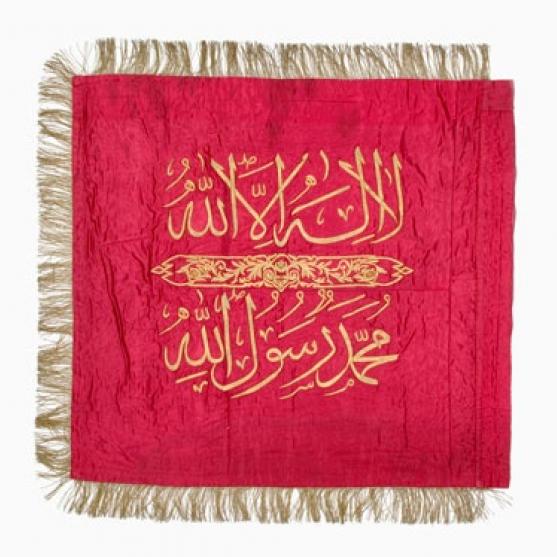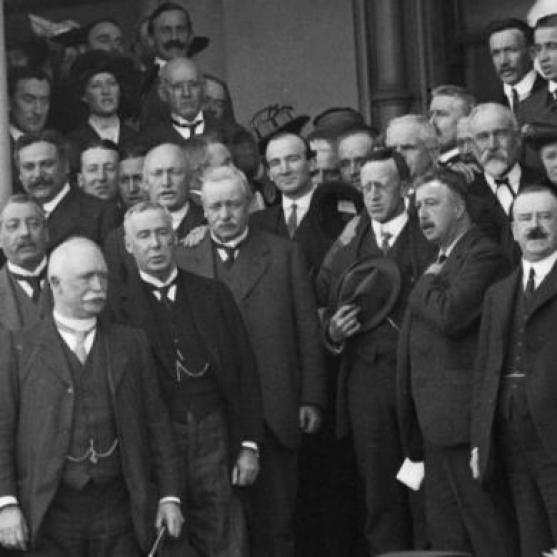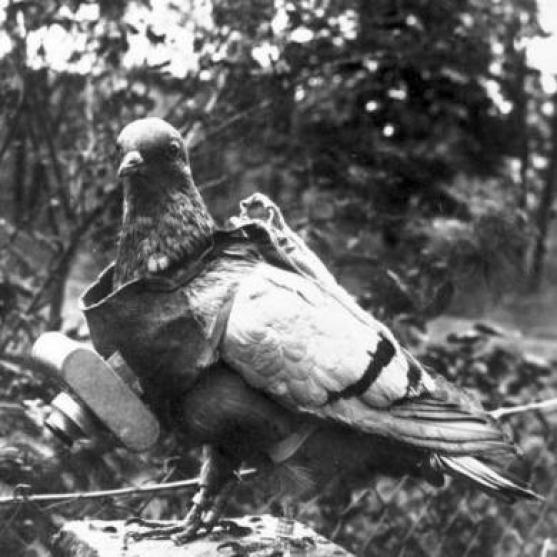Did you know?
David Green examines New Zealand's role in the post-war Paris Peace Conference where the Treaty of Versailles was negotiated – its first appearance on the international stage in its own right.
Following the Armistice of 11 November 1918, the Allies quickly sent their armies to occupy the Rhineland and ensure that Germany would not break the ceasefire. Did you know the New Zealand Division was stationed there until March 1919?
Did you know there were five by-elections in 1918? The results shook the political establishment, and suggested that there was significant disquiet amongst the public about the government's wartime policies.
Did you know that the New Zealand troopship Tahiti became infamous as a 'death ship' when the deadly influenza virus ravaged many of its 1217 passengers in August 1918?
I mōhio anō koe nō te whakahaeretanga o te Ture Puruma ki te iwi Māori i te tau 1917, kotahi tonu anō te iwi i āta whakahaua i raro i tērā ture. Koia ngā kōrero mō ngā mahi a tērā o ngā rangatira o Waikato, a Te Puea Hērangi, i te mauheretanga o ētahi o tana iwi i whakakeke atu rā ki te Ture Puruma.
Did you know that when First World War conscription was extended to Māori, it was targeted at only one iwi? Learn how Waikato leader Te Puea Hērangi responded to the arrest of her people who resisted conscription.
Did you know that New Zealanders' gambling, drinking and even cinema-going habits were targeted by religious organisations in an effort to win the war?
Did you know that New Zealand's most skilled Great War airman was the first person to attempt a parachute jump from a Royal Flying Corps aircraft?
Did you know that New Zealand mounted riflemen in the Sinai and Palestine Campaign spent their precious leisure time exploring sites of religious and historical importance?
Did you know that at the outbreak of the First World War, New Zealanders helped the Belgians and earned themselves a magnificent collection of paintings?
Did you know that in 1917 a German raider named SMS Wolf brought the war to New Zealand waters?
Did you know that early on the morning of 7 June 1917, hundreds of New Zealand cyclists rode their bikes into battle over the muddy roads of the Western Front?
Did you know that Rua Kēnana, a prominent Tūhoe leader, was arrested in 1916 for discouraging enlistment in the war?
Did you know that one hundred years ago, on 13 October 1915, the Niue Contingent of 150 men left their island to travel to New Zealand and join the war effort?
Did you know that the First World War servicemen of the British Empire staged the first international rugby tournament in 1919?
Did you know that after news of the casualty figures from Gallipoli arrived in New Zealand, the Maheno was converted from a trans-Tasman passenger liner to a hospital ship in less than a month?
Did you know that New Zealand troops began to return from overseas from as early as 1914 and that the last men didn’t return until 1921? Historian Imelda Bargas compares how these returning soldiers were welcomed home.
In the early stages of the war, between a quarter to a third of recruits were rejected for service on account of dental defects. Museum and Heritage Studies student Rebecca Nuttall explores the history of the New Zealand Dental Corps in the First World War.
Did you know that the Maori Contingent, which left New Zealand in February 1915, was the first organised effort by Māori to represent themselves in an overseas theatre of war?
While training in Egypt, the New Zealand troops came to be dubbed ‘Massey’s Tourists’ because of all the sightseeing and revelry in which they indulged.
Did you know that on 16 October 1914, the largest group of men ever to leave New Zealand departed for the First World War?
Did you know that New Zealanders named vast tunnel systems beneath the Western Front in Europe after places from home?
Did you know that the enemy at Gallipoli wasn't the 'Turks'?
When Britain declared war in August 1914, did this automatically mean New Zealand was also at war?
More than 100,000 pigeons are said to have served in the First World War, some from as far away as New Zealand.
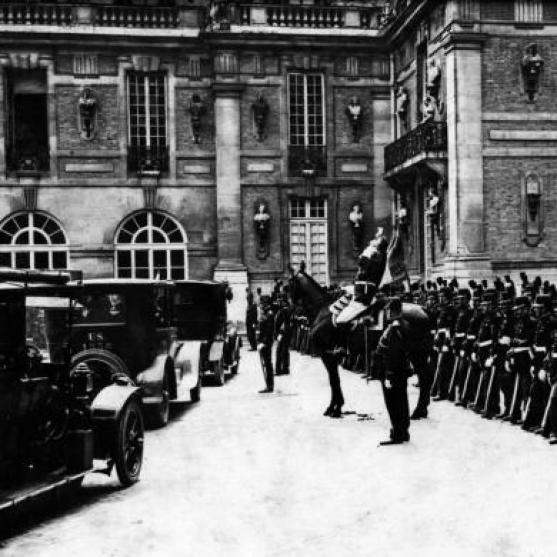
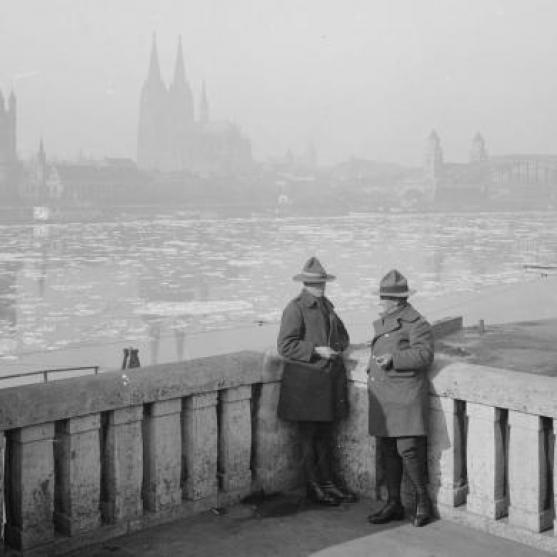
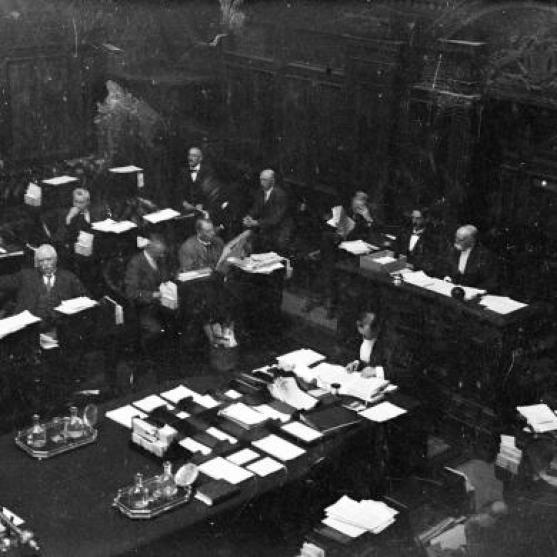
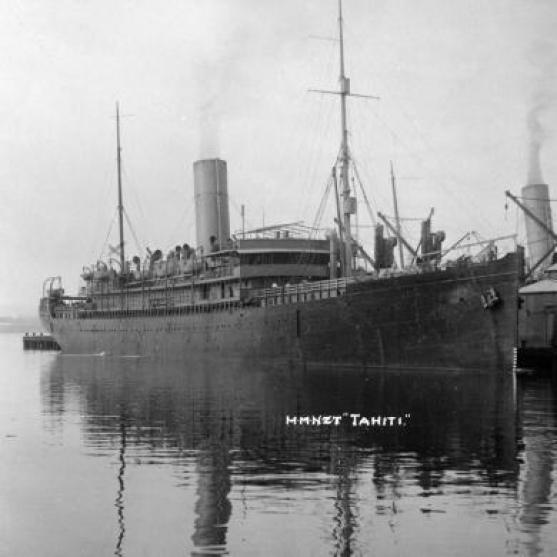
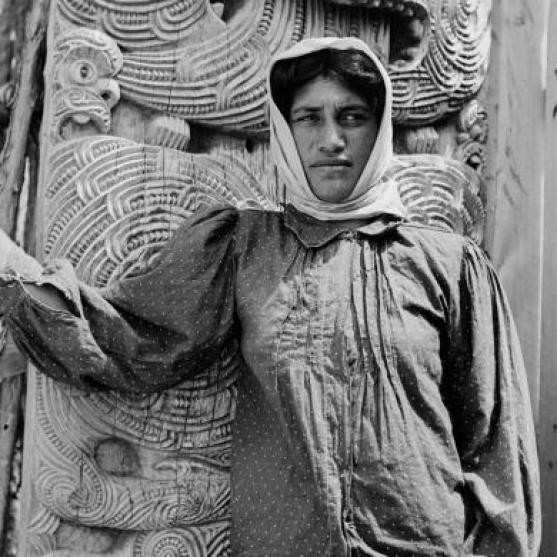
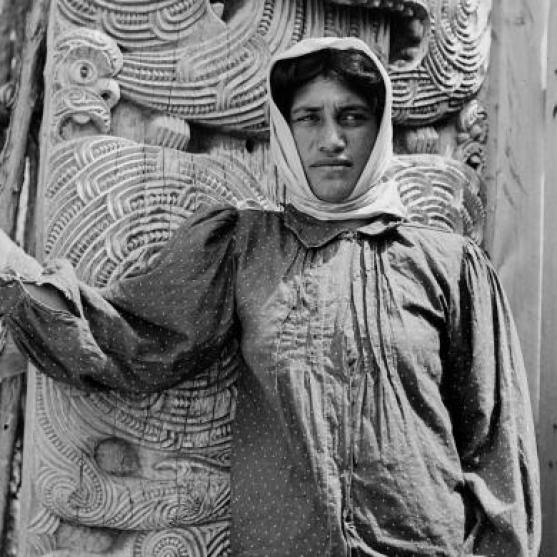
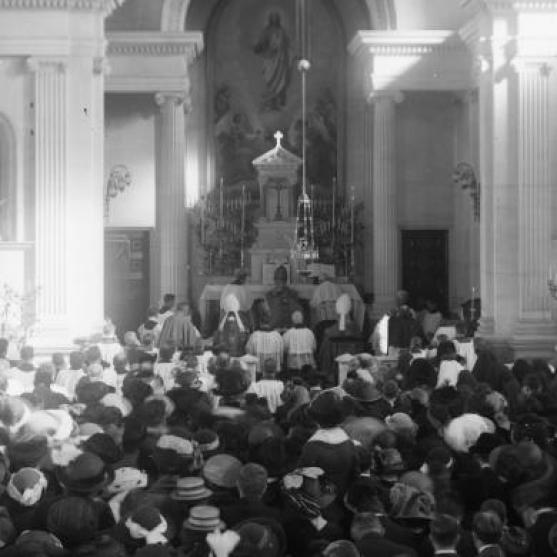
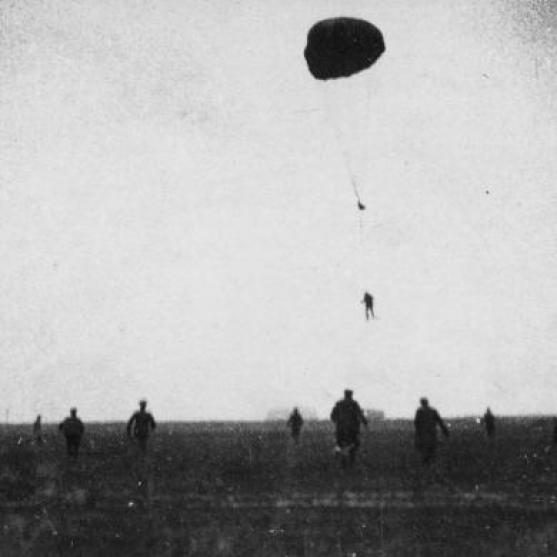
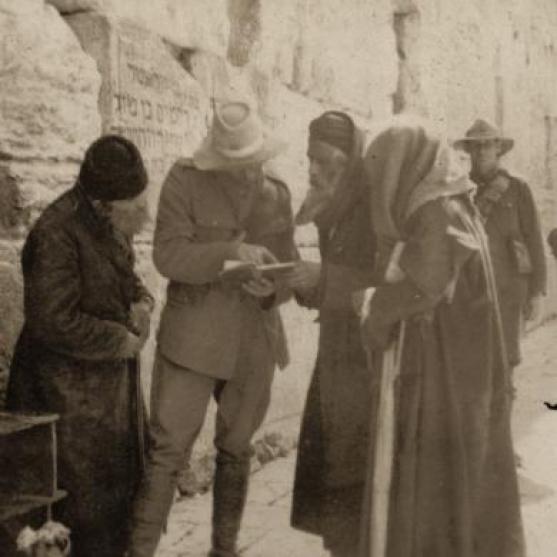
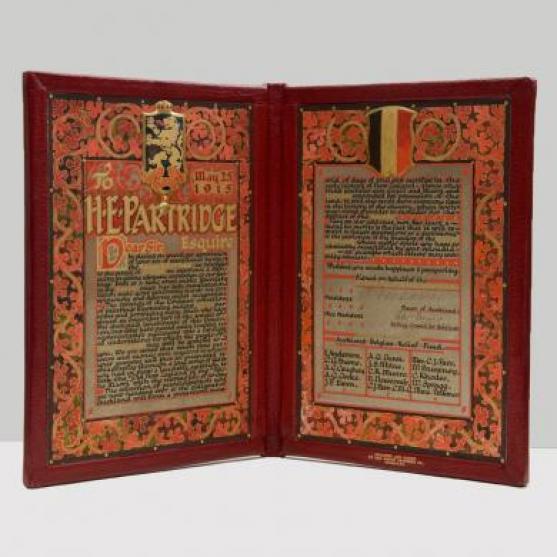
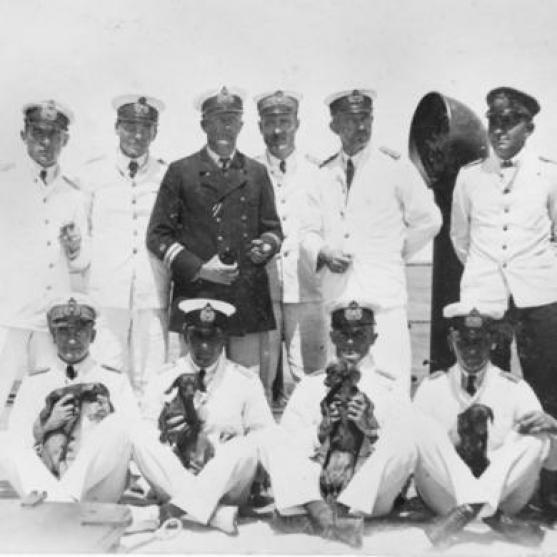
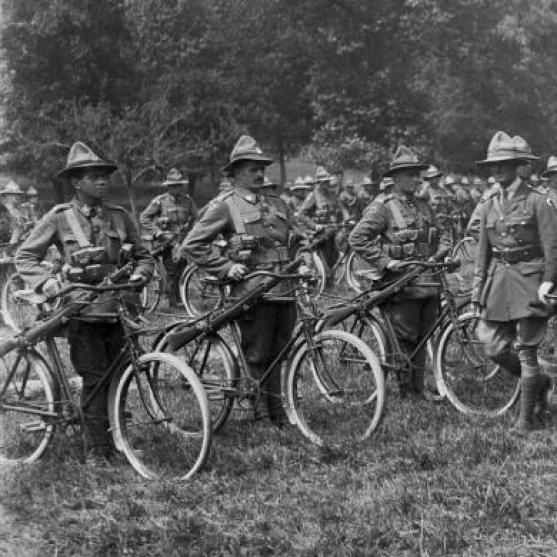
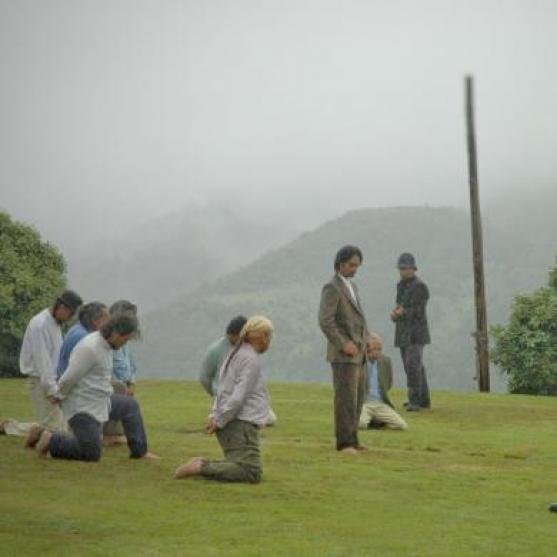
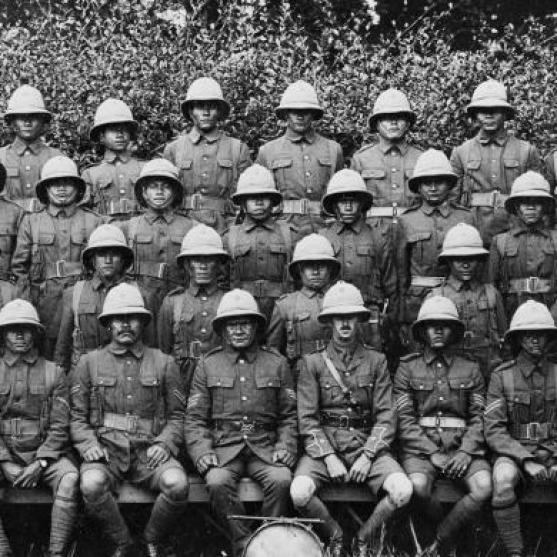
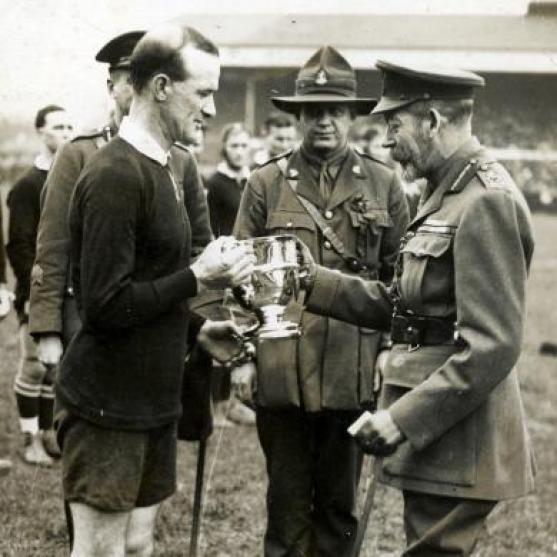
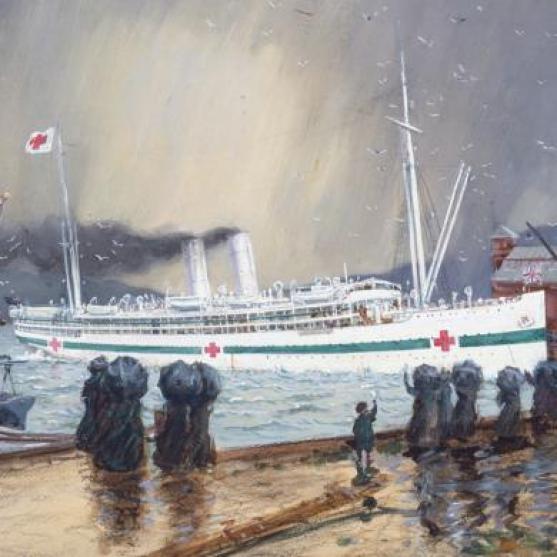
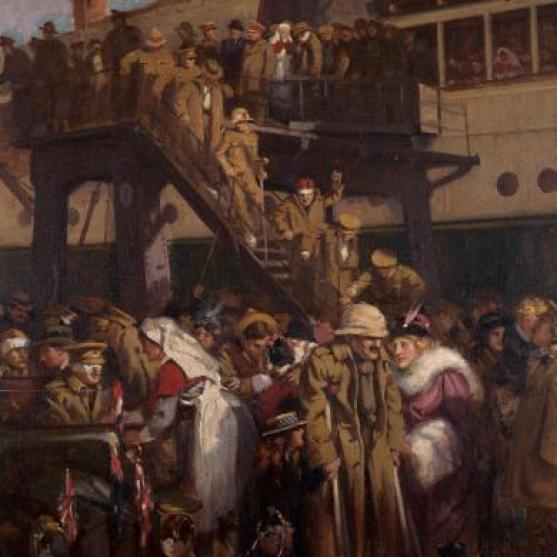
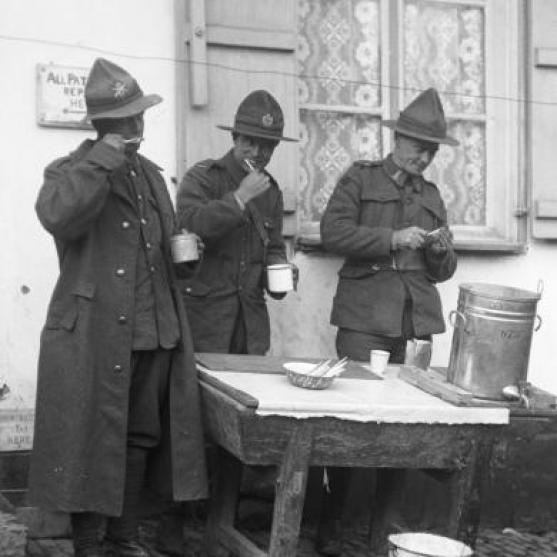
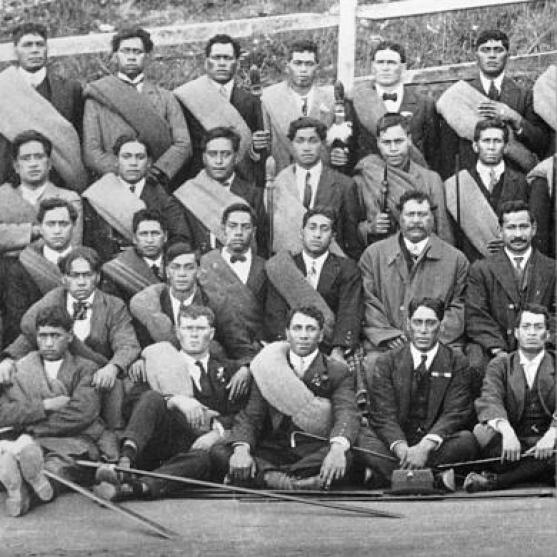
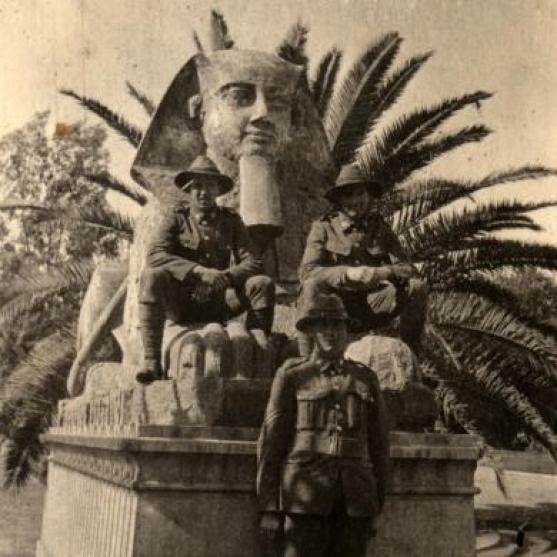
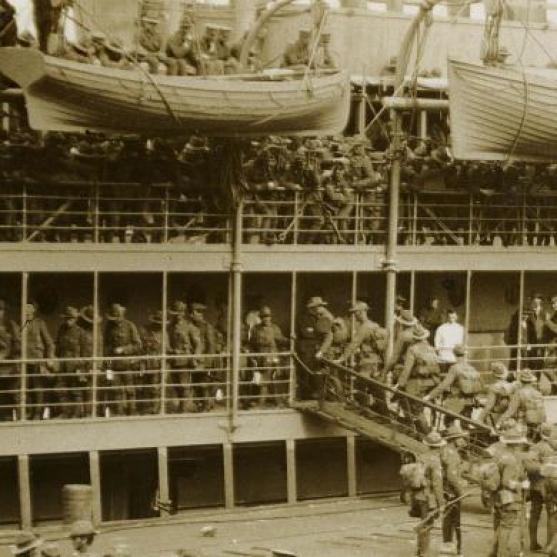
aab2.jpg?itok=S8GQLnrE)
